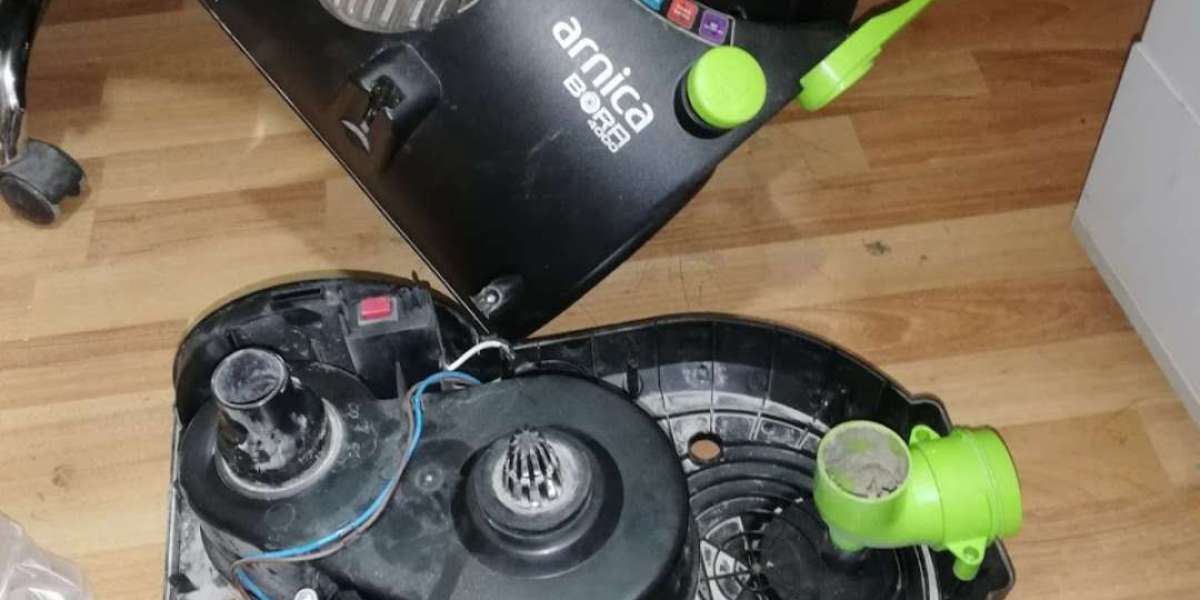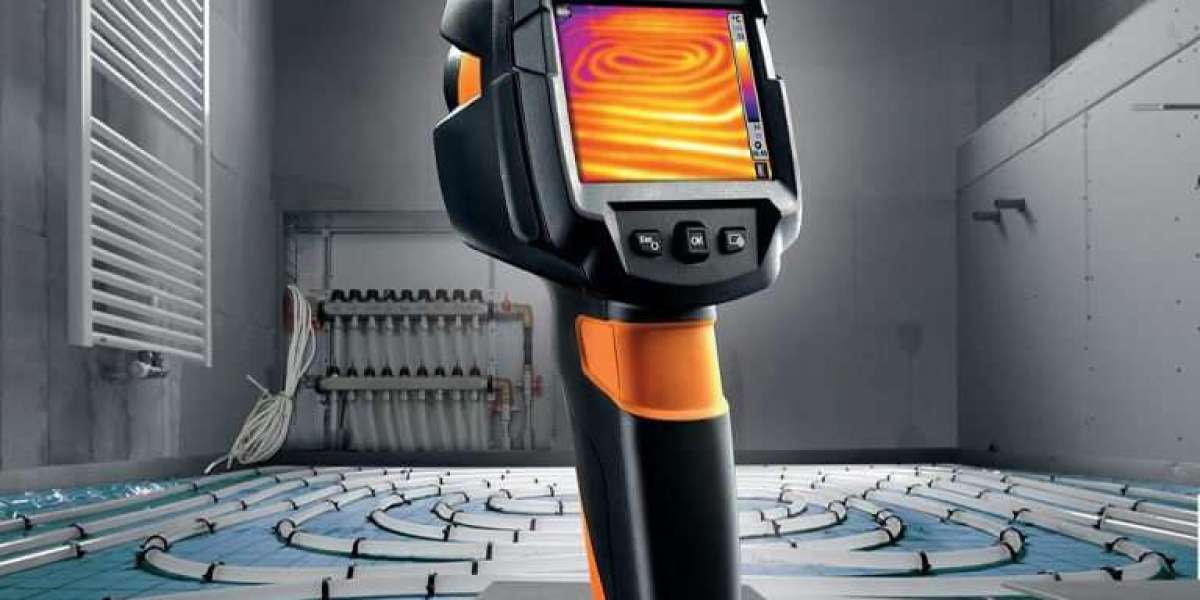A transfer case assembly like A-Premium transfer case assembly is a crucial component in four-wheel drive (4WD) and all-wheel drive (AWD) vehicles, responsible for distributing power from the transmission to both the front and rear axles. Without a properly functioning transfer case, a vehicle would not be able to engage 4WD or AWD, leading to poor traction and handling on challenging terrains.
Understanding how a transfer case works, its importance, and when to replace or repair it can help maintain your vehicle’s performance and longevity.
What is a Transfer Case Assembly?
A transfer case is a gearbox that sits behind the vehicle’s transmission and works by splitting power between the front and rear wheels. It ensures that all wheels receive the correct amount of torque for optimal performance, especially on rough, slippery, or uneven roads.
Transfer cases can be manual (operated by a shift lever) or electronic (controlled by buttons or switches inside the vehicle). Depending on the vehicle type, transfer cases can also have high and low gear settings for different driving conditions:
- High Range (2H or 4H) – Used for normal driving conditions, where power is evenly distributed at road speeds.
- Low Range (4L) – Provides increased torque for off-road driving, steep inclines, or heavy towing.
Types of Transfer Cases
There are two main types of transfer cases, depending on how they distribute power:
Part-Time Transfer Case
- Found in many traditional 4WD trucks and SUVs.
- Engages 4WD manually or electronically when needed.
- Ideal for off-road conditions but not recommended for regular pavement use.
Full-Time Transfer Case
- Common in AWD vehicles.
- Continuously sends power to both front and rear axles.
- Offers better stability in wet, snowy, or uneven road conditions.
Common Problems with Transfer Cases
Over time, the transfer case assembly can wear out due to constant use, lack of maintenance, or fluid leaks. Some common issues include:
- Grinding or Whining Noises – May indicate worn gears or low fluid levels.
- Difficulty Shifting Between Modes – Could be caused by internal damage or electronic sensor failure.
- Fluid Leaks – Transfer cases rely on specialized gear oil or ATF (Automatic Transmission Fluid) for lubrication. Leaks can cause overheating and premature wear.
- 4WD or AWD Not Engaging Properly – A faulty transfer case can prevent power from being distributed to all wheels, affecting traction.
Transfer Case Maintenance and Replacement
To ensure your transfer case remains in good condition, regular maintenance is essential:
- Check Fluid Levels – Change transfer case fluid at recommended intervals (typically every 30,000 to 50,000 miles).
- Inspect for Leaks – Address any seals or gasket failures promptly.
- Listen for Unusual Noises – Grinding or clunking sounds may indicate internal wear.
If your transfer case fails completely, a replacement or rebuild may be necessary. A new transfer case assembly can cost anywhere from $1,500 to $3,000, including parts and labor, depending on the vehicle model.
Conclusion
The transfer case assembly is a vital component in 4WD and AWD vehicles, ensuring proper power distribution and traction. Regular maintenance, fluid changes, and prompt repairs can prevent costly breakdowns and keep your vehicle performing optimally in all driving conditions. If you experience any transfer case issues, it's best to consult a qualified mechanic for a thorough inspection and necessary repairs.








